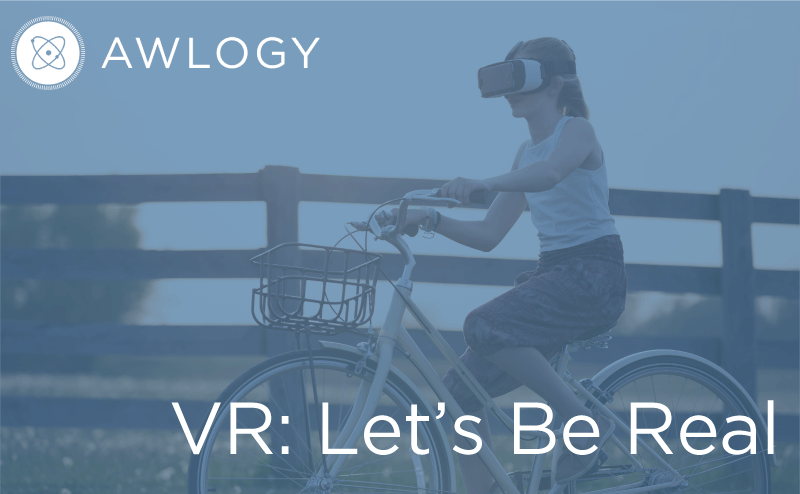Since the 1950s, Virtual Reality has been on the minds and fingertips of engineers and creative minds alike. In 1968, Ivan Sutherland created what is widely considered the first Virtual Reality head mounted system. Even though it wasn’t very functional, or very realistic, the creation of such an astounding unit paved the way for other creators to continue the development of VR and shape what it has become today.
Virtual Reality (VR) is the use of computer technology to create a simulated experience. It places the user inside this virtual world and allows him/her to interact with the space and any object in it. Up until this point, VR hasn’t been very scalable. But with Samsung Gear, HTC Vive and Oculus Rift all launching consumer devices, we may be looking back on 2016 years from now as the year Virtual Reality finally reached mass scale.
IAB highlighted in a recent report VR’s biggest strength: the ability to capture and immerse its audience like no other platform can. In today’s world users are looking at multiple devices throughout the day with many looking at more than one device at the same time. But when one is using VR, that is the only device! It offers a unique and immersive experience with the customer that is, in the end, enjoyable.
What does this mean for marketers? For starters, Brands who decide to adopt VR Advertising will most certainly capture valuable consumers. A study from the Journal of Consumer Research showed that consumers who touched a product were willing to pay more for that item compared to those who didn’t. The same held true when test subjects were told to just imagine they had touched the product. Aside from this interactive aspect, VR has the distinct ability to generate sentiments and empathy by turning media into an experience for the user. As one expert described it, “I think VR is one of the most potent empathy engines. When you’re actually feeling like you’re there, you gain a whole new level of empathy for a subject.”
Although some experts have predicted that 2016 will be the first billion-dollar year for Virtual Reality, VR is still only in its early stages of development. Concepts of VR have been around for nearly 70 years but only now has technology seemingly caught up to our imaginations and become reality. In the coming months VR capabilities will be more accessible, content will be far vaster, and the consumer base will keep growing – 3 things that have left us hungry and excited to see just how the Virtual Renaissance will re-define what it means to engage your audience.


